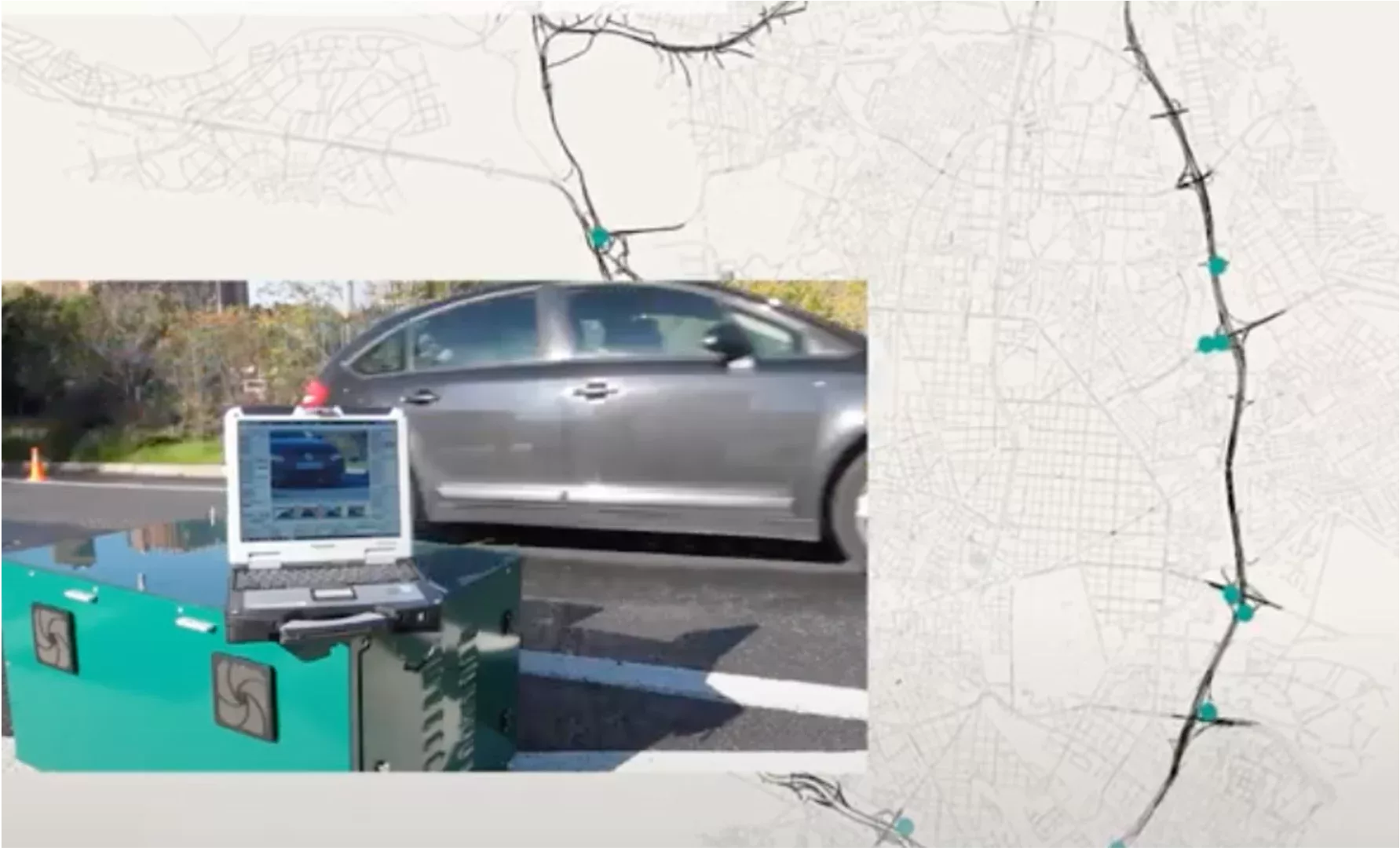The transport modelling firm Aimsun has released a video explaining how it is carrying out a study to model traffic-related emissions from different types of vehicles using the M30 highway in Madrid.
As part of the EU C-Roads project, Aimsun is working with OPUS and Calle30 to take real-time observed data from vehicles in the city to simulate emissions at different parts of the route.
The modelling firm built a model of the M30 using Aimsun Next simulation software and then Opus placed sensors to monitor 400,000 vehicles. The sensors measure tailpipe emissions, speed and acceleration and the vehicle is identified by ANPR to map its type, for example a car or a van, and how it is fuelled.
The data then models real pollution levels in a virtual simulation environment, adding the emissions cures in the Aimsun Next model, which is then used to estimate the emissions generated by each vehicle across the whole network based on vehicle type, acceleration, speed and gradient of the road.
The aggregated results give total emissions along the route, and different scenarios can then be simulated to test future policies for reducing traffic-related pollution.
Aimsun has been involved in a successful trial of emissions modelling in Oxfordshire, in partnership with Highways England, Oxfordshire County Council and EarthSense, as it demonstrates the value of real-time and future modelling in improving air quality by providing considered traffic management options.
You can watch the video here.
(Picture – from video)

























